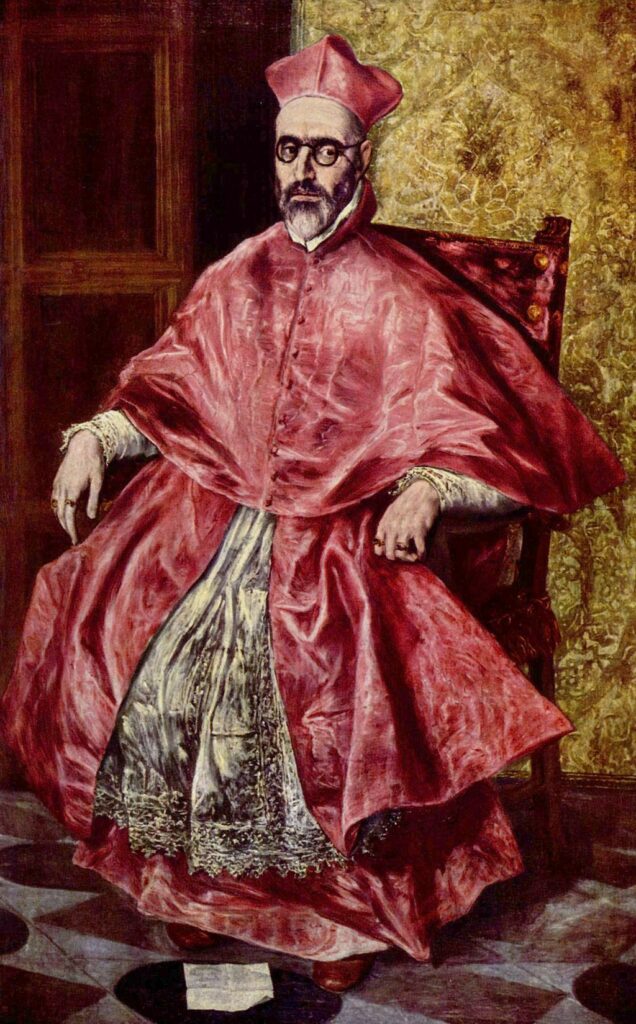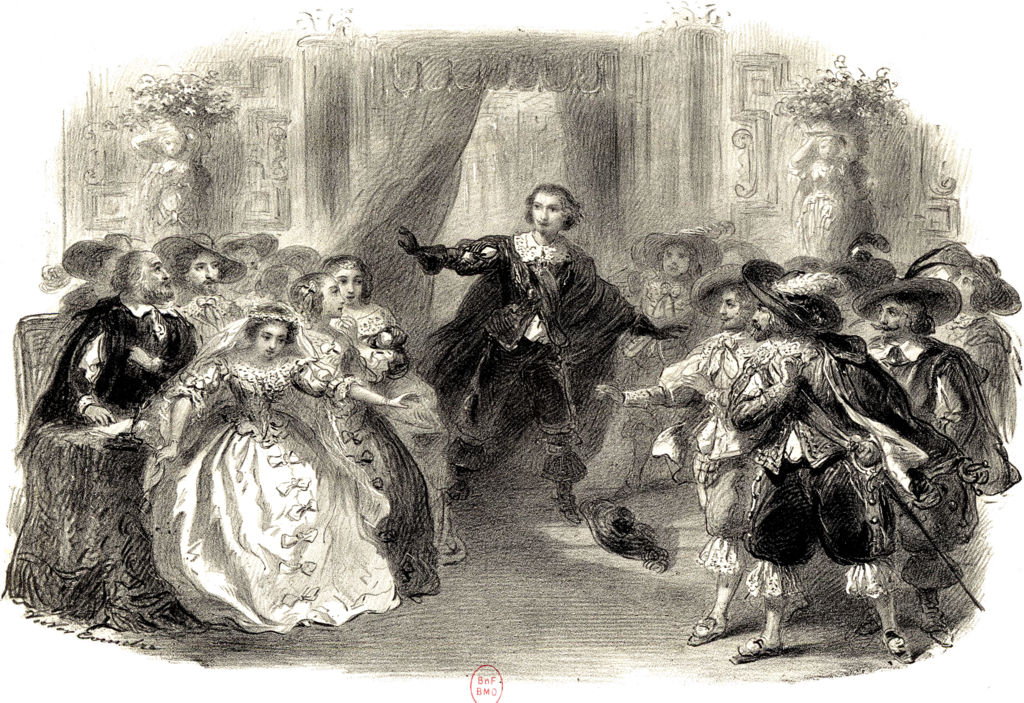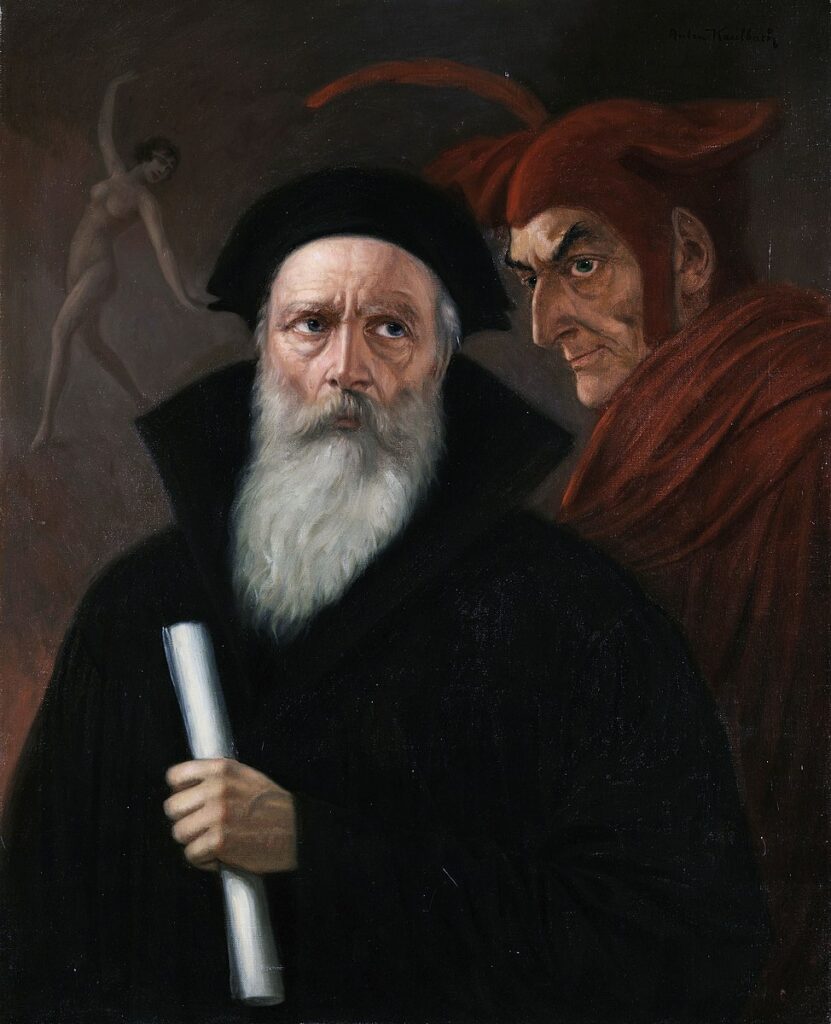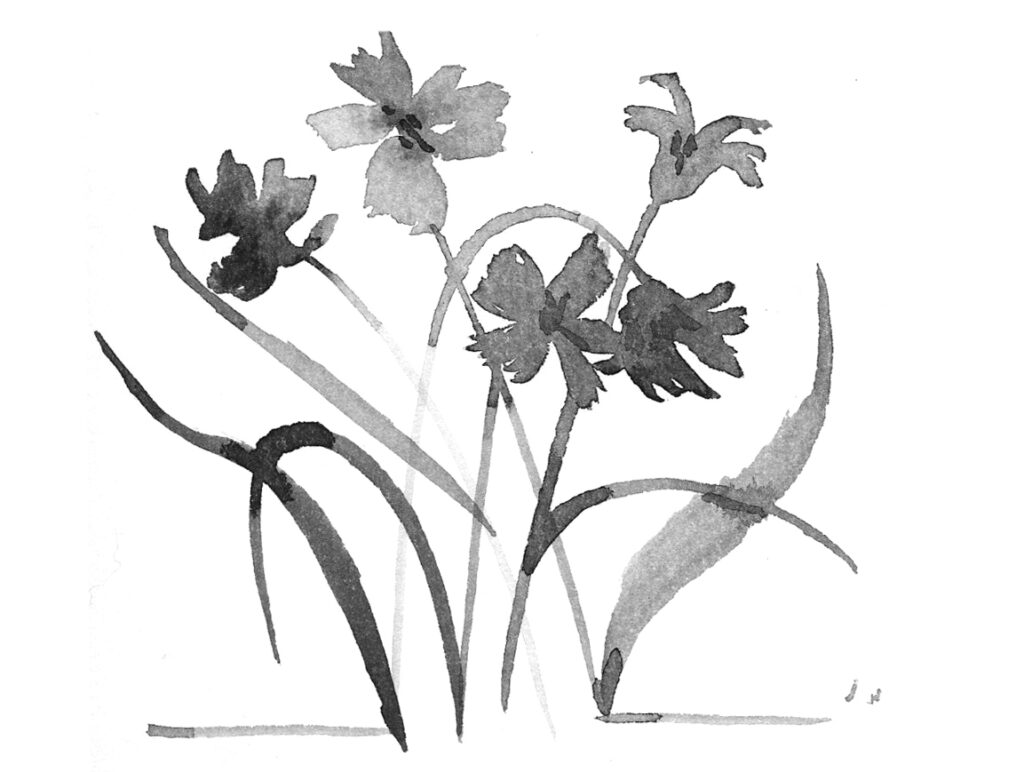Cardinal Fernando Niño de Guevara, El Greco. Courtesy of Wikimedia Commons.
Don Carlo is the kind of opera that has gone out of fashion. I cruised through half-empty rows when I saw it last fall, just days after attending a packed-to-vibrating weeknight production of The Hours – the two-act opera adaptation of a 1998 novel and its 2002 film adaptation. Verdi’s four-hour-long political tragedy, set during the Spanish Inquisition in the sixteenth century, feels more like eating your operatic vegetables. Its place in the canon was actually secured by the Met, whose onetime general manager Rudolf Bing fished it out to open the 1950 season.
Based largely on a historical play by Friedrich Schiller, Don Carlo imagines a backstory to some real events in the life of Carlos, Prince of Asturias, who was briefly engaged to Elisabeth of Valois before she instead married his father, King Philip II of Spain. Schiller invented an anachronistic friend for Carlos: Rodrigo, Marquis of Posa, who distracts the heartsick prince with the political cause of Flemish independence. Meanwhile, Philip, bitter and paranoid over his loveless marriage, contemplates getting rid of his son and his treacherous friend with counsel from the blind and ruthless leader of the Inquisition.
Among the work’s Shakespearean qualities—Anglophone audiences might especially recall Hamlet—is the fact that there are multiple versions of it, in both French and Italian. Verdi revised it several times between 1866 and 1886. The original libretto is in French—Don Carlos—but its five-act runtime tested even nineteenth-century audiences. Verdi then lopped off the entire first act, which shows Carlos and Elisabeth’s coup de foudre in the forest of Fontainebleau. Act 2 of the original, which became Act 1 of the more widely performed Italian translation that I saw, starts soon after Philip’s wedding, when Elisabeth has become the queen of Spain—and Carlos’s stepmother. The Met experimented with the five-act French version last season, but has since backtracked to its repertory standard. Skipping the first act deflates the opera’s romantic plot—turning the love triangle between Carlos, Philip II, and Elisabeth into mere inciting incident—but heightens its political and religious drama.
Eponym aside, Don Carlo is more vessel (for Rodrigo’s ideas) and pawn (in his father’s power games) than protagonist. Crucially, in this drama of Enlightenment values, he appears deeply irrational. He loses his composure within the first act and practically faints onto his stepmother, singing, “I love you, Elisabeth! The world is nothing!” Freeing herself from him, she counters, “Well then! So, wound your father! Come, soiled by his murder, drag your mother to the altar!” Into this void enters Rodrigo, who radiates s Reason and extols liberty, particularly for the downtrodden people of Flanders. “Lend your aid to the oppressed Flanders!” he exclaims. As they pledge their commitment to the cause in a spirited duet, Carlo seems barely conscious that he’s signing on for treachery against his own family.
Copyright
© The Paris Review








